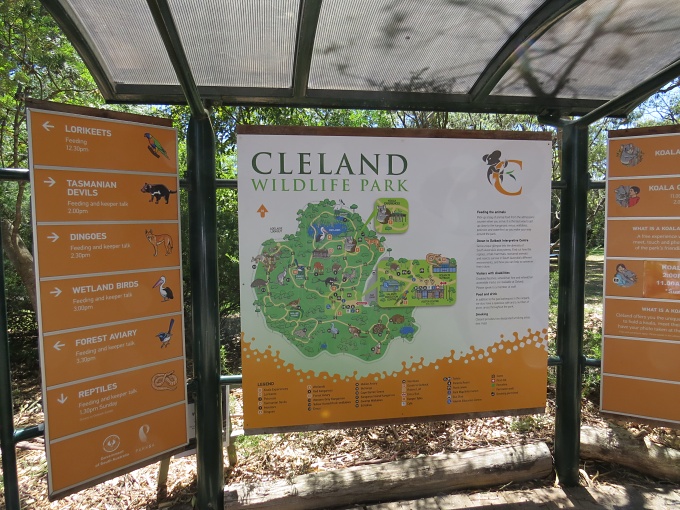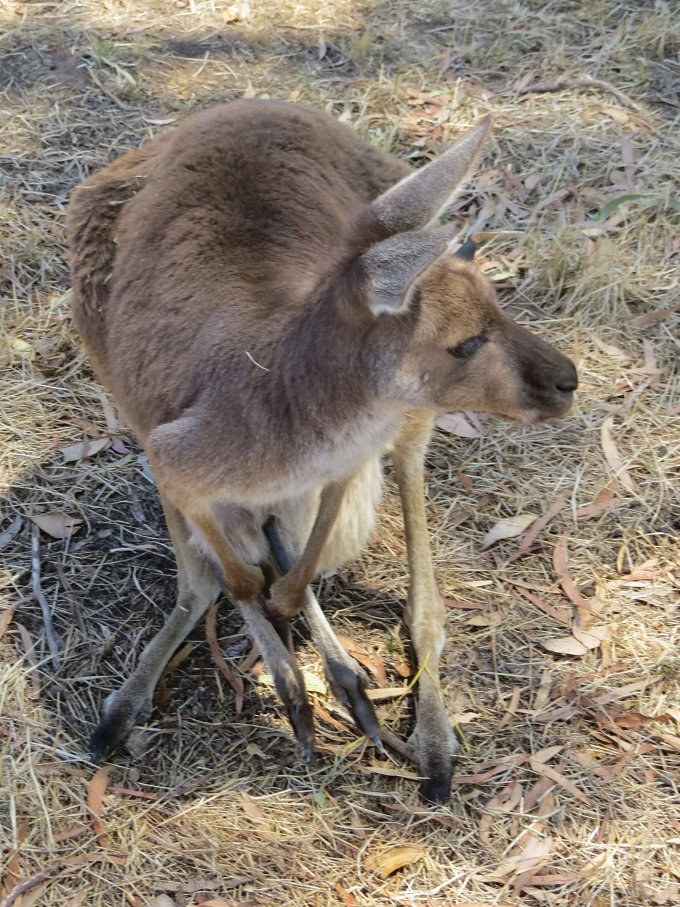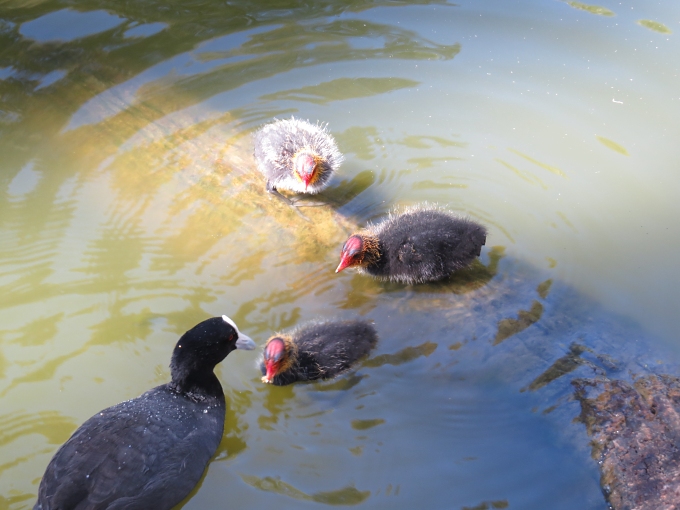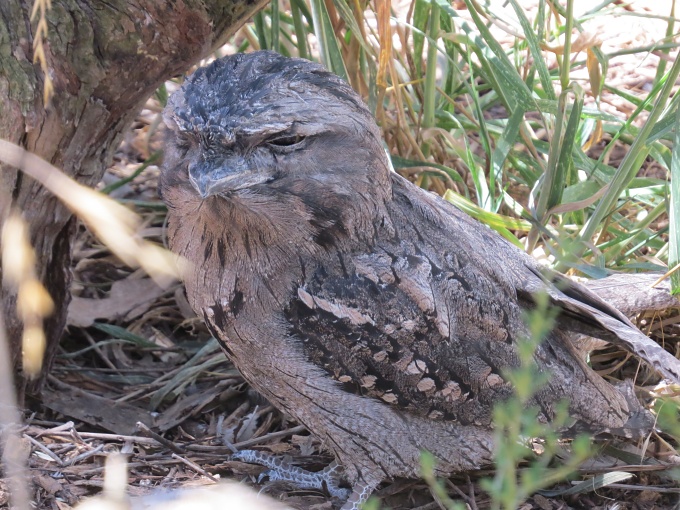Mount Lofty and Cleland Wildlife Park
/Only a 20 minute ride from downtown Adelaide, we climbed (read that “drove up with Pauline and Denys”) to the mighty summit of Mount Lofty, the highest peak in southern Mount Lofty Range. At 727m (2,385') , we didn't even have to clear our ears to handle the altitude, but we did enjoy beautiful views of the city below. My photos weren't the best as the day was hazy, but I nicked one from the internet, so you can see what we saw. A white tower, Flinders Column, sits atop the mount and commemorates the sighting and naming of the mountain by Matthew Flinders in 1802 during his circumnavigation of Australia.
Part of the same conservation area, the Cleland Wildlife Park contains nearly 90 acres of bushland environment and offers lots of close-up native animal viewing with very few animal enclosures. This is our kind of place. Walking through Cleland along shaded paths was cool and pleasant. Denys is quite a botanist and pointed out local flora as we walked, especially the many varieties of native gum trees (over 500 species in Australia) and wattle (nearly 1,000 native species).
We headed to the yellow-footed rock-wallabies on the far side of the park. Denys had told us about these unique critters and we were keen to see them. En route we entered a gate and found ourselves in the midst of kangaroos and emus. We were carrying kanga-food with us and, when offered, several roos joined us for a munch, but all were very polite, and nobody begged. We especially enjoyed watching one female whose joey was evidently getting a bit too big for her pouch. All we could see of him was his legs sticking out and sometimes a tail, a comical picture.
Though I'd seen many kangaroos, I'd never petted one. Their fur is oh, so, soft.
We searched and searched for yellow-footed rock-wallabies, but they're reputedly timid and were evidently hiding, as were the dingoes, Tasmanian devils and monitor lizards … a sleeping, shy crowd. No matter, there was lots more to see. Several koalas were napping (how rare!), but opened an eye as we walked past.
As we walked towards a huge wetlands area, potoroos scurried across the path, past our feet. These mini-marsupials look like guinea pigs, but like most Australian mammals carry their young in their pouch. They also hop. If you're not native Australian, it's amazing how many animals that you never even knew existed. But then how many Aussies have seen a jackalope?
The wetlands area is interesting because, of course, there are no boundaries for the birds. They're there because they want to be. Magpie geese, glossy ibis, pelicans, ducks and moorhens. Coots, although we have them in America, caught our attention because of the three babies that one anxious mother was trying to feed. She really had her hands, I mean, her mouth, full.
The aviaries were so large, we forgot we were inside them. We saw odd-looking tawny frogmouths and several colorful parrot species and the local budgies were even represented.
All too soon, it was time to leave. We're hoping we can return to Cleland before we leave for another look and perhaps see those elusive, reclusive yellow-footed rock-wallabies. Otherwise, we'll have to head to the Flinders Range and look for them and that'll be tough … but you gotta do, what you gotta do!
Edited to add:
We just wanted wish our Australian friends a Happy Australia Day!










